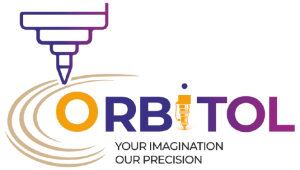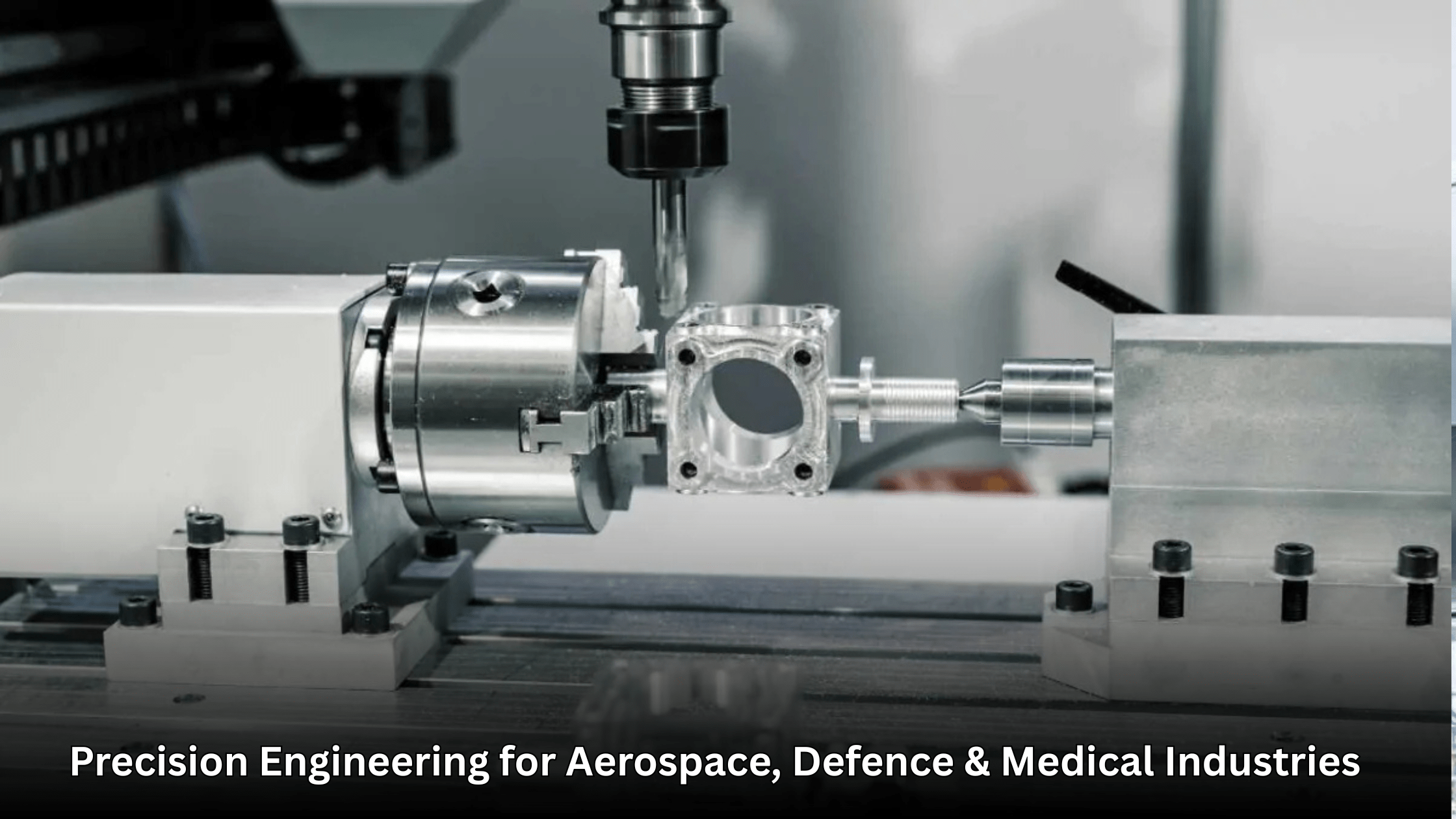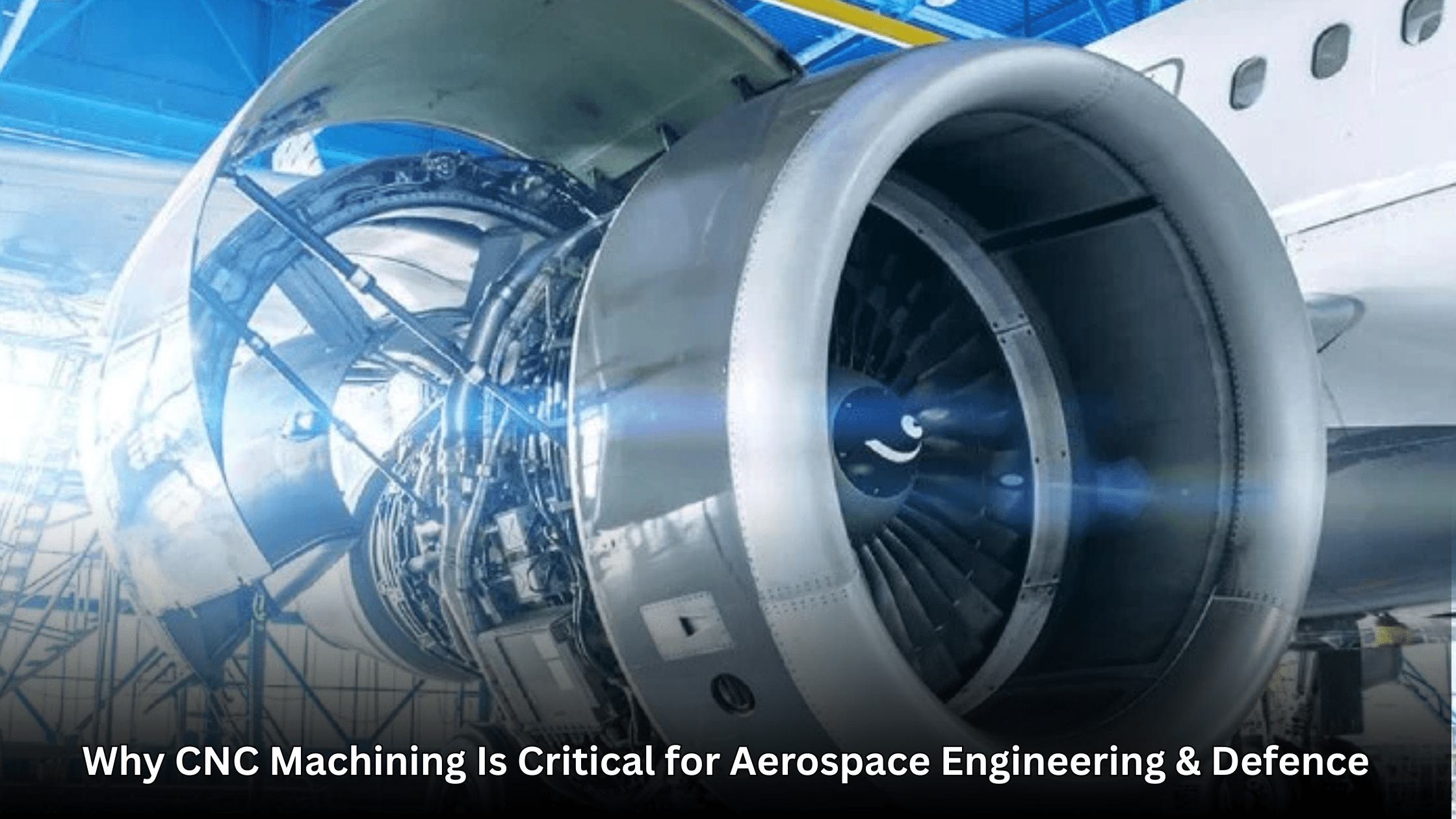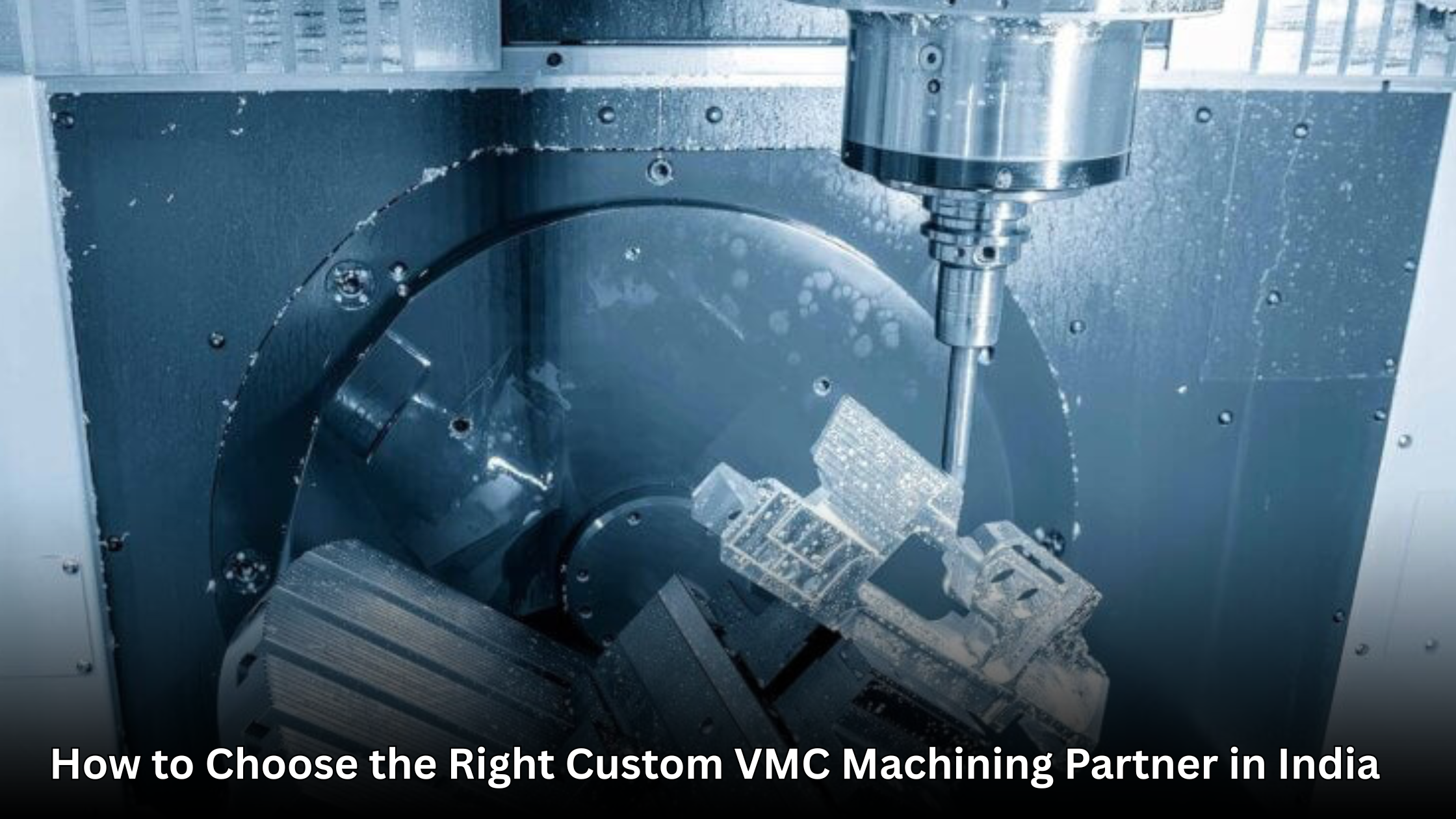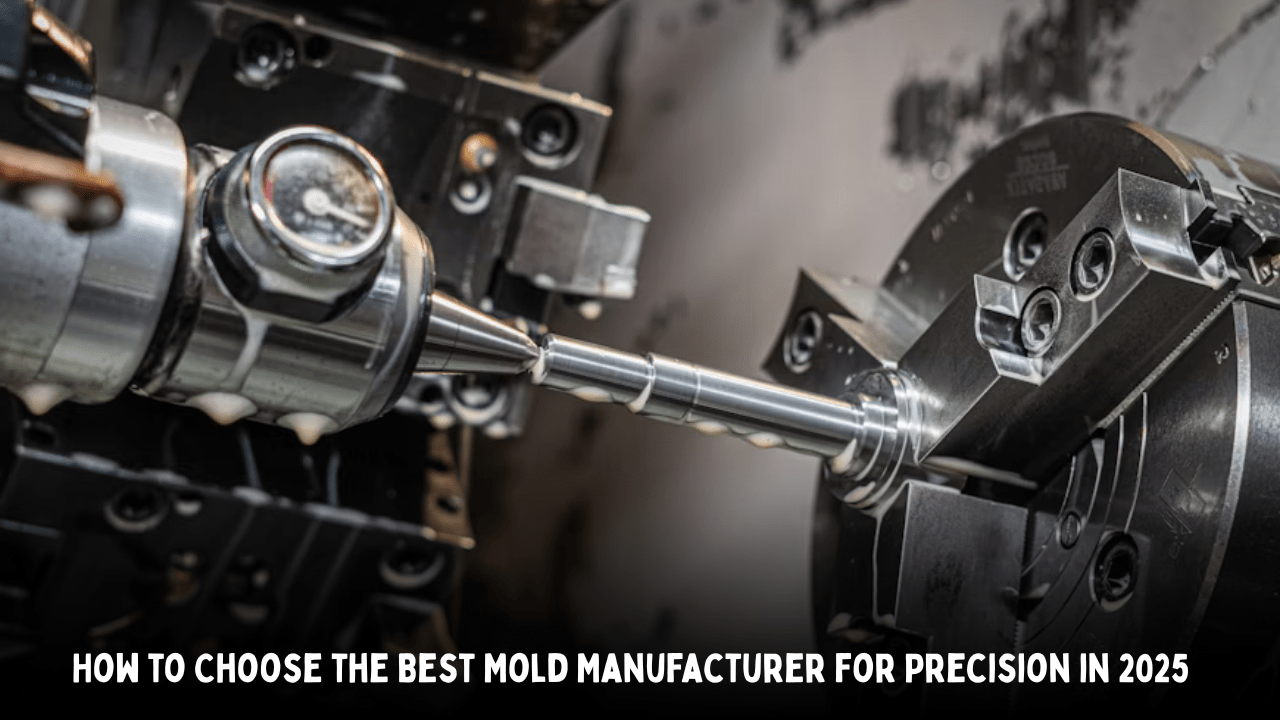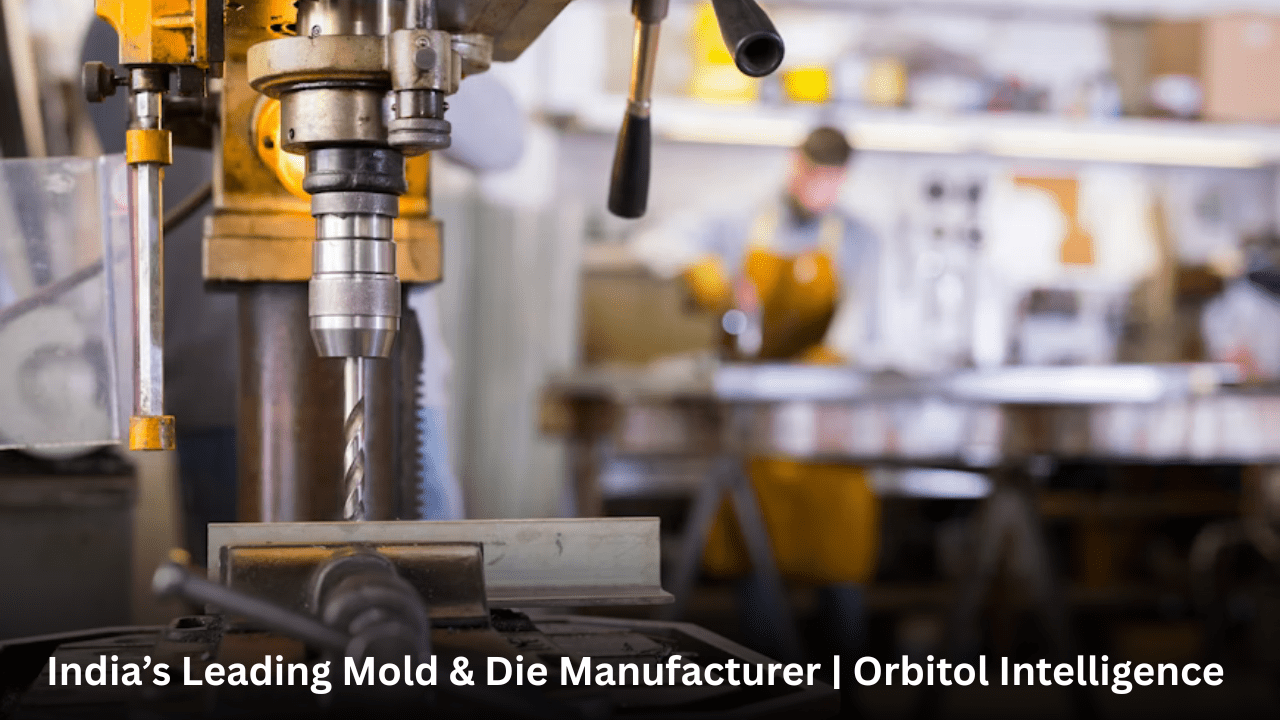In the present-day cutthroat manufacturing environment, the focus on high-quality products is no longer enough – the leaders are being defined by consistency, versatility, and innovation. What makes the foremost precision manufacturers different is their expertise across various industries – the skill to use the knowledge from different areas such as aerospace, automotive, and medical devices to both enhance product quality and make the process more efficient.
The experience of different sectors working together is what really sets the standard of precision engineering which is the main driver of superior results regardless of the complexity of the project. So, how does working in multiple industries reinforce precision, innovation, and long-term success? Let’s consider.
1. What Is Precision Engineering and Why It Matters
Simply put, precision engineering is the practice where the parts that are designed and manufactured are those that meet very stringent specifications sometimes a micron is the unit of measure. Be it a valve of an engine, a blade of a turbine, or a surgical implant, it is all about the exactness of every single dimension.
Precision engineering uses a combination of modern technology, knowledge, and strictly followed manufacturing methods to make sure that each component is perfect in its function. This concept is the base of industries of the kind that can’t make mistakes for instance automotive parts manufacturing, aerospace, defense, and healthcare.
The manufacturer’s approach becomes more sophisticated and flexible with the deepening of the diverse sector relationships, thus giving rise to the possibility of finding smarter solutions and achieving better-quality results.
2. How Multi-Industry Experience Drives Innovation
This cross-sector operation gives them an unusual mixture of ideas and technologies which can be later handed over from one application to another.
For instance:
Precision in tooling for a car may be improved by the methods used when manufacturing parts for aerospace.
The medicine devices cleanroom protocol could be adopted by a tool and die manufacturing process to lessen contamination.
Automotive plant’s automation along with VMC machine calibration can be a good source for increasing the repeatability of micro medical instruments.
By this cross-fertilization of concepts, companies could make their quality systems more solid, have the time to implement the latest technologies at a faster pace, and produce items that perform beyond what was expected.
3. VMC Machines: The Backbone of Modern Precision Manufacturing
The development of VMC machines (Vertical Machining Centers) has been a big change in the style of fabrication of precision parts. With these machines, producers are capable of keeping the same exactness standard for different materials, can also do things of different shapes and sizes – it can be a car engine or a surgical handle.
Reasons why VMC Machines Are Necessary:
The control of multiple axes ensures that complicated shapes can be machined in one setup.
The use of fast spindles helps in keeping smooth finishing of the surface.
A machine that is compatible with automation can be used for consistent, 24/7 productions.
Precision can be enhanced through a long run if one uses Adaptive tool calibration.
A manufacturer with multi-industry knowledge can adjust VMC machines to work within a wide range of tolerances – one day it’s titanium for aerospace, the next stainless steel surgical tools. This versatility not only deepens a manufacturer’s skills but also elevates the standards in each field.
4. Lessons from the Automotive Industry: Efficiency and Scale
The sector of the automotive parts manufacturing industry has always been a center of innovations, majorly influenced by volume, efficiency, and precision.
Manufacturers to the automotive parts industry are forced to figure out how to best use resources, time, and energy of their processes in a way that is waste-free, fast, and repeatable – lessons that are transferable to advanced industries of high-precision.
For instance:
Lean manufacturing methods can be used to make the production of aerospace assembly lines more efficient.
Besides that, the use of automation and robotics can be the answer to the rapid changeover of tools in VMC machines.
Standardization of quality assurance systems originating from the automotive industry may be utilized for raising product inspection standards in the fields of surgical or aerospace components.
By having experience in the automotive industry, a firm will be able to seamlessly incorporate process optimization into every task, thus giving quality and productivity the game of balance a win-win situation.
5. Insights from the Medical Sector: Cleanliness and Perfection
Producers of surgery instruments and medical devices are the ones who have to conform to extremely strict hygiene and precision standards. The most important thing is that every millimeter is considered, and each surface is even, without any contamination, and biocompatible.
The essential things of medical production:
Perfecting the surface finish: Getting rid of burrs or rough edges through proper polishing and micro-machining.
Cleanroom standards: Reduction of particles in the air and the upkeep of ISO-certified areas for assembly.Traceability: The tracking of each surgical instrument or implant as a way of ensuring safety and compliance.
Now, if these medical manufacturing standards would be implemented into the tool and die industries, and the overall quality level would rise significantly. The perfection culture that results from this permeating production lines also brings accountability along.
6. Aerospace Influence: Precision and Reliability Under Pressure
The manufacturing of aerospace literally is the benchmark for the most precise engineering. Any of such parts as turbine blades or the housings of actuators should be able to withstand the heat, the vibration, and the extreme stress – and yet they have to work without any defects.
What an aerospace experience means to a precision engineering company is the presence of a handful of advantages in front of other industries:
An absolute zero error mentality: tolerances of only a few microns are required in aerospace projects.
Material qualifications: for example, being able to understand titanium, Inconel, and composites.
Very advanced inspection techniques: e.g. CMM (Coordinate Measuring Machines) and laser scanners for dimensional verification.
By using these methods in conjunction with the production of automotive parts or surgical instruments, the result is that the quality standard is kept and is at the highest level each time.
7. The Role of Tool and Die Manufacturing in Cross-Industry Precision
The production of tools and dies is the very core of the most exact processes. Dies and molds are the factors that decide how tightly can a product be replicated – be it a turbine component or a car piston.
A factory with a variety of tool and die experience can come up with new concepts based on the different requirements of each industry:
Aerospace dies require not only closer clearances but also that they are temperature stable.
Automotive tooling is all about endurance and cycle time.
The medical tooling is focused on the surface finish and biocompatibility.
The exposure to different industries gives the tooling experts a 360° understanding of the design problems which leads to the development of stronger, more efficient, and longer-lasting tools.
